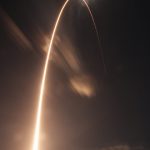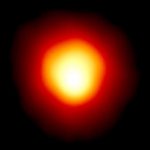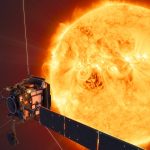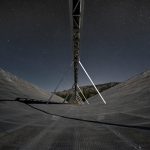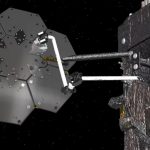Ancient Genes Reveal The Last Mammoths on Earth Were a Sickly Mess0
- Ancient Archeology, From Around the Web
- February 13, 2020
Four thousand years ago, the last woolly mammoths quietly died on their final bastion – the isolated Wrangel Island, north of Russia in the frozen Arctic. Their demise was sudden, and strange; now, new evidence points to the mammoths themselves as partial agents of their own demise.




